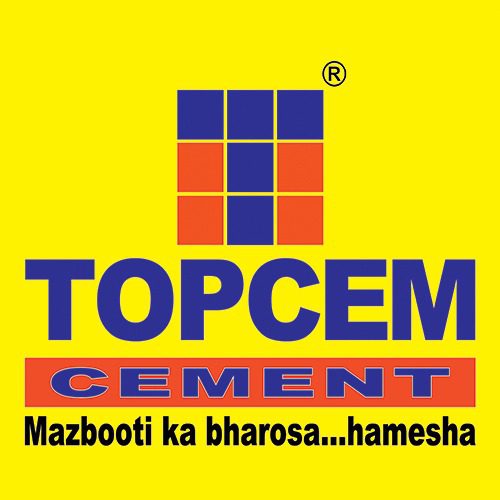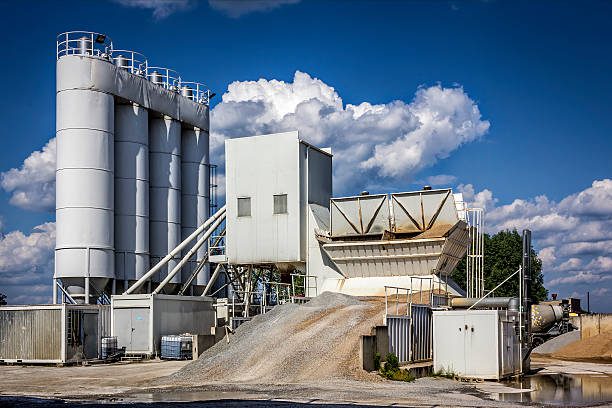Filtration technologies are revolutionising the cement manufacturing industry, playing a crucial role in mitigating dust pollution. As cement plants operate, a signicant amount of dust is generated during various stages like grinding, crushing, and material handling. While cement production is vital for infrastructure development, its environmental impact, especially from dust pollution, cannot be ignored. This has propelled the adoption of cutting-edge filtration technologies that not only ensure cleaner air but also promote sustainable practices.
The Challenge of Dust Pollution in Cement Plants
Dust pollution in cement plants is a long-standing issue that poses signicant health and environmental risks. Workers in these facilities are exposed to airborne particles, which can lead to respiratory problems like silicosis and asthma. Additionally, dust emissions contribute to environmental degradation by aecting nearby communities and ecosystems. Addressing this problem requires innovative solutions, which is where ltration technologies come into play.
Traditional dust control measures, such as wet suppression systems and basic bag lters, are often insucient to meet today’s stringent emission norms. Modern cement plants, therefore, are shifting their focus to advanced ltration technology in cement plants to comply with regulations while creating a safer environment.
The Evolution of Filtration Technologies
The rise of innovative ltration technologies has marked a turning point in how cement plants combat dust pollution. These advanced systems are designed to capture ne particles and ensure minimal emissions. Below are some key ltration technology in cement plants that have gained traction:
- Baghouse Filters:Baghouse lters have become a staple in many cement plants. These systems use fabric bags to capture dust particles from the air. Their eciency is exceptionally high, with some systems achieving a particulate removal rate of up to 99.9%. These lters are easy to maintain, cost-eective, and capable of handling large volumes of dust-laden air.
- Electrostatic Precipitators (ESPs): Another advanced method is the use of electrostatic precipitators. This technology relies on electric charges to attract and capture dust particles. By applying a high-voltage charge to the particles, ESPs eciently reduce dust emissions, making them a popular choice in ltration technology in cement plants.
- Hybrid Systems: Many modern plants are adopting hybrid systems that combine the benets of baghouse lters and electrostatic precipitators. These systems are not only highly ecient but also versatile, allowing cement manufacturers to meet rigorous environmental standards.
- Nanober Filters: Nanober technology is an emerging solution for ne dust particle capture. These lters are made from ultra-thin bres that improve ltration eciency while reducing energy consumption. Nanober lters are lightweight, durable, and a promising addition to the arsenal of ltration technologies.
Benefits of Advanced Filtration Technology
The integration of advanced ltration technologies in cement plants brings several advantages, including:
- Reduced Dust Emissions: Modern lters ensure that particulate matter is captured eectively, minimising dust pollution in cement plants.
- Improved Worker Safety: Advanced ltration technology actively removes harmful particles from the air, creating a safer environment and reducing the risk
- Environmental Compliance: Adopting ecient ltration technology in cement plants helps companies adhere to government regulations and emission standards.
- Energy Eciency: Many advanced ltration systems are designed to consume less energy while delivering optimal performance
- Cost Savings: Although initial investments may be high, these systems reduce long-term operational costs by minimising maintenance and energy consumption.
Real-Life Examples of Filtration Technology in Action
Several cement manufacturers have successfully implemented advanced ltration technologies to combat dust pollution. For instance, plants equipped with state-of-the-art baghouse lters have reported a drastic reduction in emissions, improving air quality in surrounding areas. Similarly, facilities using electrostatic precipitators have achieved compliance with stringent pollution norms while boosting operational eciency.
In regions where environmental concerns are more pronounced, companies are turning to innovative approaches like nanober lters and hybrid systems. These solutions not only enhance ltration performance but also underline the industry’s commitment to sustainability
The Role of Automation and IoT in Filtration
Automation and the Internet of Things (IoT) have made ltration systems smarter and more ecient. Real-time monitoring of dust levels, predictive maintenance, and remote control of ltration units are now possible, ensuring seamless operation. By integrating these technologies, cement plants can optimise their ltration technology in cement plants and achieve better results.
A Greener Future with Filtration Technologies
The adoption of ltration technologies represents a signficant step toward a greener and more sustainable future for the cement industry. As environmental awareness grows, the demand for cleaner production practices will continue to rise. Cement manufacturers must prioritise innovation, invest in modern ltration systems, and actively reduce their ecological footprint.
The future also holds exciting possibilities, such as the development of self-cleaning lters and bio-based ltration materials. These advancements will further revolutionise dust control in cement plants, making them more eco-friendly and cost-eective.
Filtration technologies are not just a solution to dust pollution but a gateway to sustainability for cement plants. With advanced systems like baghouse filters,
electrostatic precipitators, and nanober filters, the industry is making significant strides in reducing emissions and promoting cleaner production. As the focus on environmental responsibility intensifies, adopting cutting-edge filtration technology in cement plants will be indispensable.
By addressing the issue of dust pollution with innovative technologies, cement manufacturers can ensure a safer environment for workers, healthier communities, and a cleaner planet.
The time to act is now—because every breath matters.

